Few people are aware of the fact that René Magritte was a great amateur film enthusiast and that in his spare time he did a great deal with his cine camera, producing some material that was definitely worth seeing.
As anybody who occasionally looks beyond the major movie theater chains and streaming services will discover, the medium of film has more to offer than interweaving moving pictures with the sounds of a conventional narrative, be this in an amusing, moving or otherwise successful way. And since the early days of cinematography filmmakers have repeatedly attempted to extend the limits of what the medium can express and what Alfred Hitchcock once dismissed as “photographing talking heads.”
Surrealism was the first philosophical trend of its kind to devote itself, from the very start, to the medium of film with its great possibilities. With “Un Chien Andalou” by Salvador Dalí and Luis Buñuel and Buñuel’s own “L’Âge d’Or,” important Surrealist works were committed to film. And considering the specific tools of the filmmaker’s trade such as cutting and the accompanying shortening or prolongation of time, mise en scène (i.e., staging) or various kinds of technical manipulation such as filters, double exposure or visual effects, this would appear only logical given Surrealism’s core themes.
Film and impulsiveness
Although the Surrealist filmmaker has countless options at his disposal to capture the world of imagination on film, he forfeits one important aspect of the Surrealist modus operandi by opting for this medium, namely spontaneity. Whereas, for example, André Breton and his Surrealist followers still made use of the technique of écriture automatique (automatic writing) to create as unfiltered a record of the subconscious as possible, with the highly technical work required for film and its complicated production processes, the above kind of impulsiveness went largely by the board.
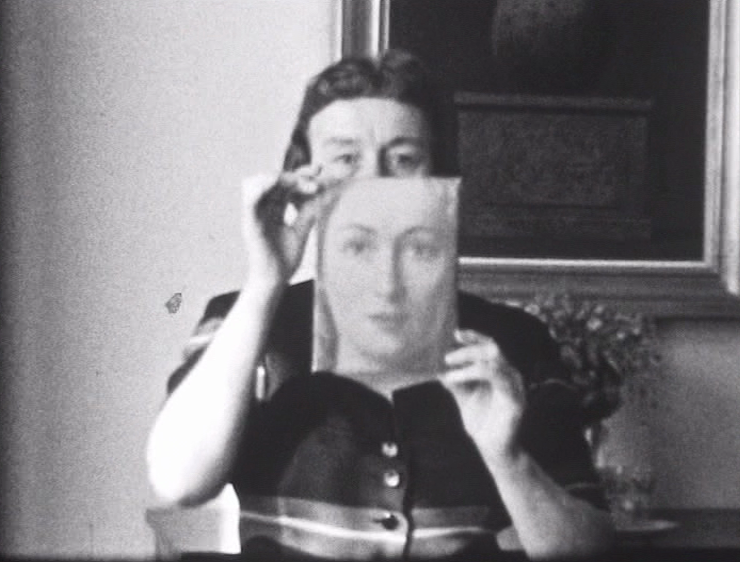
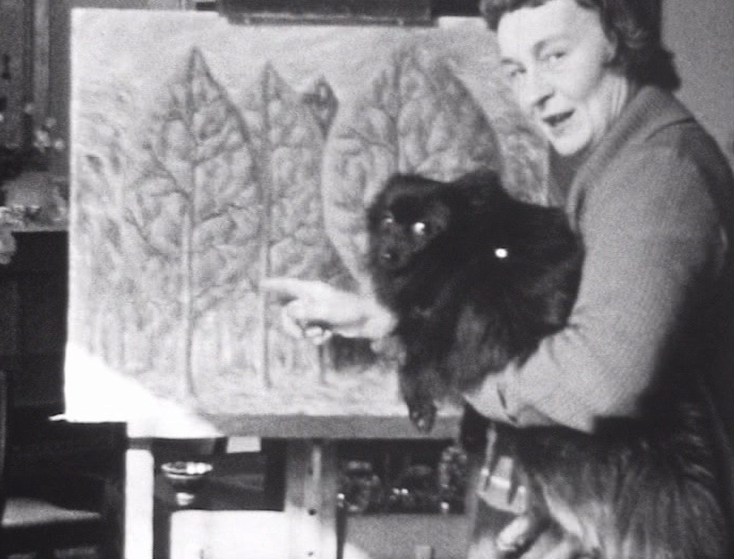
In October 1956, Magritte acquired a Eumig C3, an 8mm camera that was made in Austria. He also owned a Kodak Instamatic M6 which could also be used for Super 8 footage. It is neither well known nor has it been the subject of extensive research that between 1956 and 1967 this great painter made a good 40 films, more than half of these in the years 1956-7. The Belgian Contemporary Art Archives acquired these from Georgette Magritte’s estate in 1987 and a number of them are now on show at the Magritte Museum in Brussels. The films have titles such as “Ostende” and “Dialogue avec objets,” have been named after friends or have simple descriptive titles such as “Voyage en Israël en 1966.”
Making faces for the camera
Four films are now on show in the current SCHIRN exhibition “Magritte. The Treachery of Images.” In “Masques,” “Le marchand d’art” and “René,” all short films lasting less than four minutes, we see Magritte himself, his wife and friends fooling about, dressing up and posing. “Le marchand d’art” shows Magritte’s apartment, full of his own pictures, apparently being offered for sale to an older, skeptical gentleman. In “René” there is more of the same and yet somehow it is different; it follows no particular narrative and it primarily shows Magritte and Georgette. The artist is making faces for the camera, imitating Hitler with a side parting and mustache, calling to mind those great comedians of the silent era, Chaplin and Keaton.
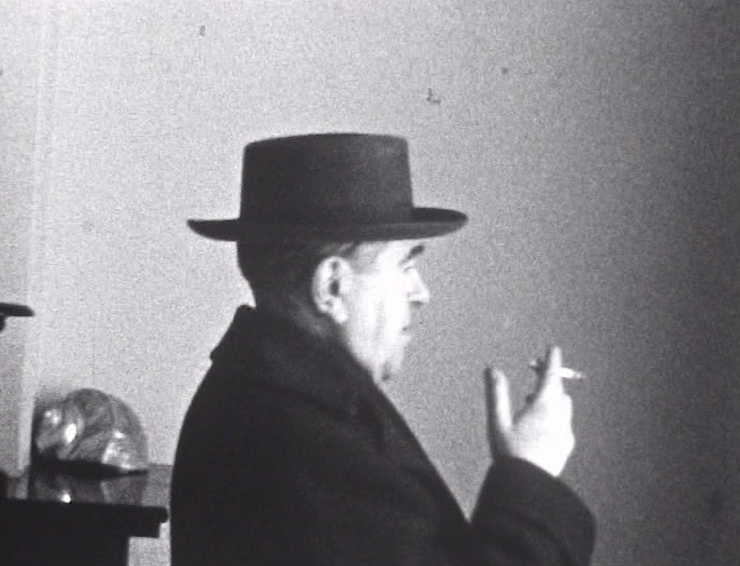
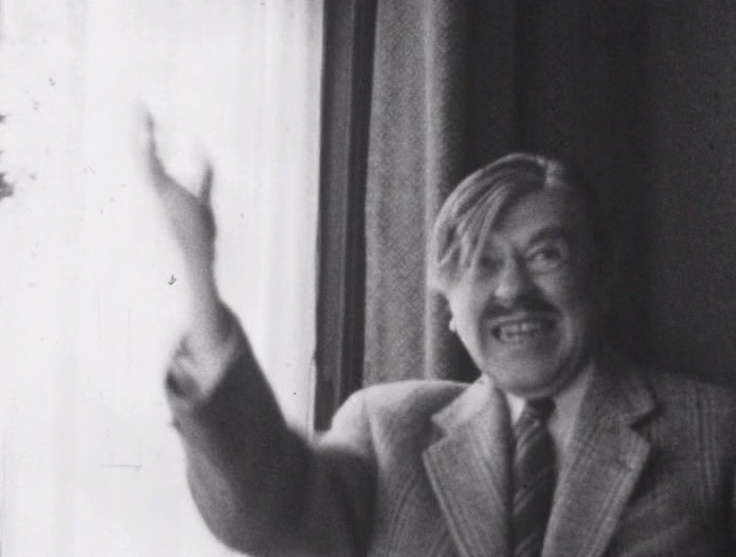
Magritte’s wife poses in front of one of his pictures, appearing to take an apple from it and to eat it with relish; there are repeated cuts to a mischievously smiling garden gnome and then finally to Magritte holding a cigarette in front of his beloved dog’s muzzle. Here, a pair of lovers are enjoying themselves, together, with friends; the artist adopts a playful approach, one without false respect, to his own work which lies stacked in the corners of his apartment and does not yet appear to betray anything of its present-day market value.
An important element
“Tuba (Interior)” (1960) stands out somewhat from his other films – here at least he appears to have worked loosely with a concept and Surrealistic elements have a greater significance. In this film, the eponymous tuba which also crops up in a number of the artist’s pictures lies in the bed of a young woman who wakes up, then puts on a mask and finally starts to play the instrument. Later, a picture of a typical Fantômas villain – the main figure in a series of French crime novels beloved of Magritte and other Surrealists – is stolen from Magritte and instead of the picture all he can then find in the thief’s den is that same tuba with the mask. Other picturesque, dreamlike motifs appear. For example, Magritte stages his famous picture “Les Amants,” but here, instead of the heterosexual couple, it is two women wearing headscarves who are kissing passionately.
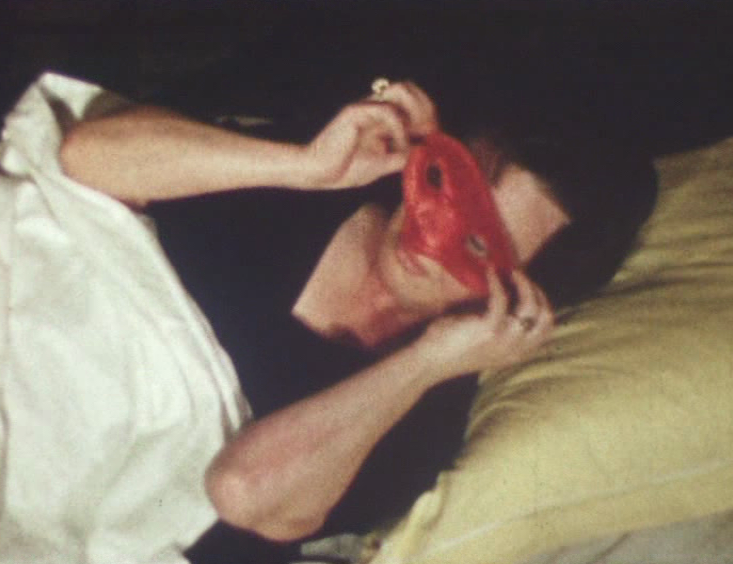

The films are worth watching, not only because they show Magritte’s relaxed and playful approach both to his own work and to fundamental Surrealist topics, some of which assume fairly bleak dimensions in his pictures. It is also the case that they once again use one important element of the Surrealistic working method, one that was missing in the well-known Surrealist film productions, namely that absolute spontaneity with which the viewer is still confronted here today, almost 60 years later.
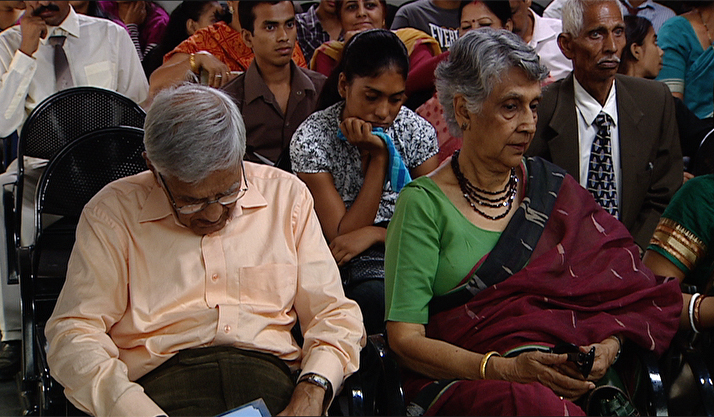
At the mercy of waiting
Artist Bani Abidi is dedicated to the dark absurdities of everyday life. In her video work "The Distance from Here" bureaucracy takes over and waiting...
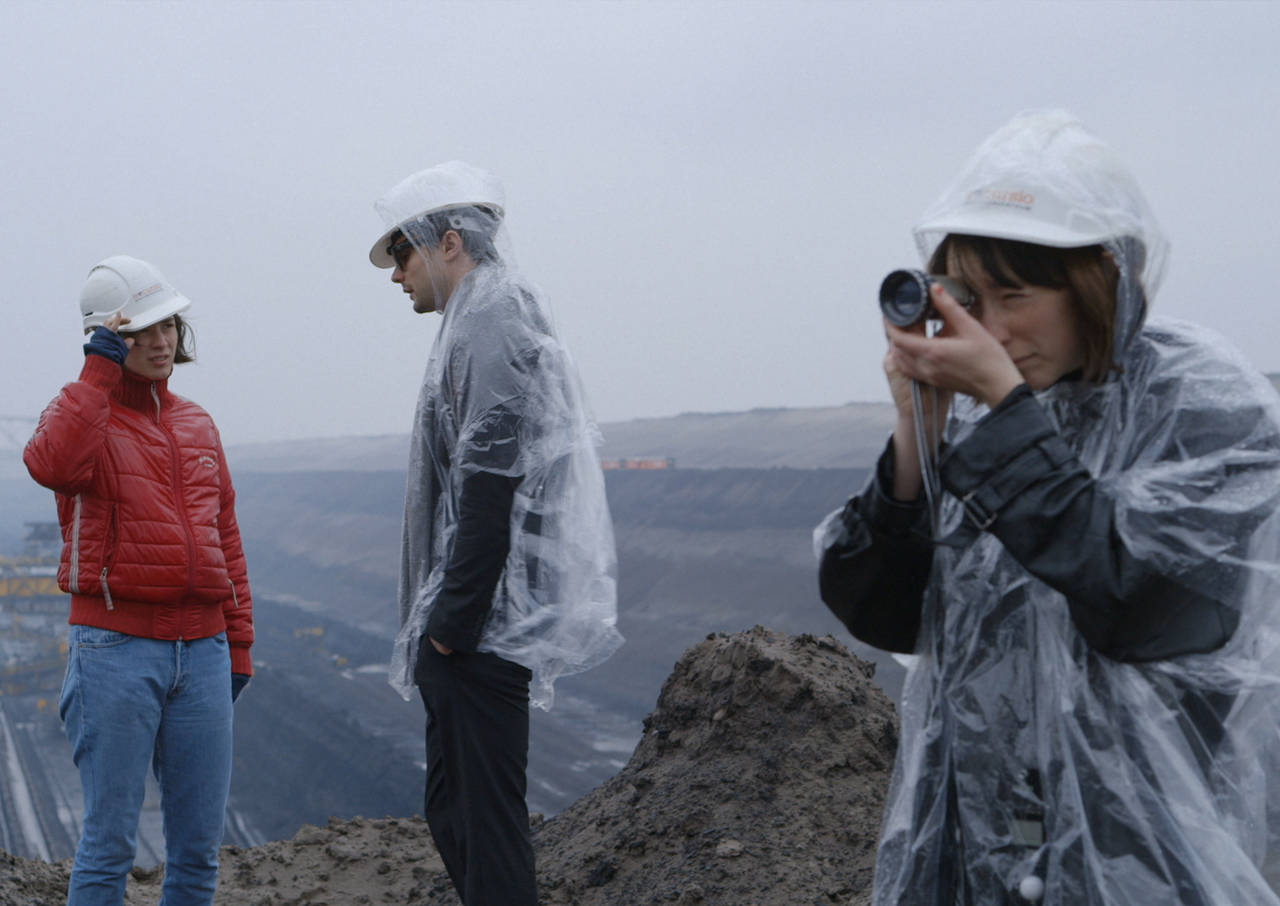
“Please don’t make a film about Godard!”
A film about filmmaking sounds a bit meta. But Kristina Kilian’s video work takes us on a ghostly journey through Godard’s Germany after the fall of...
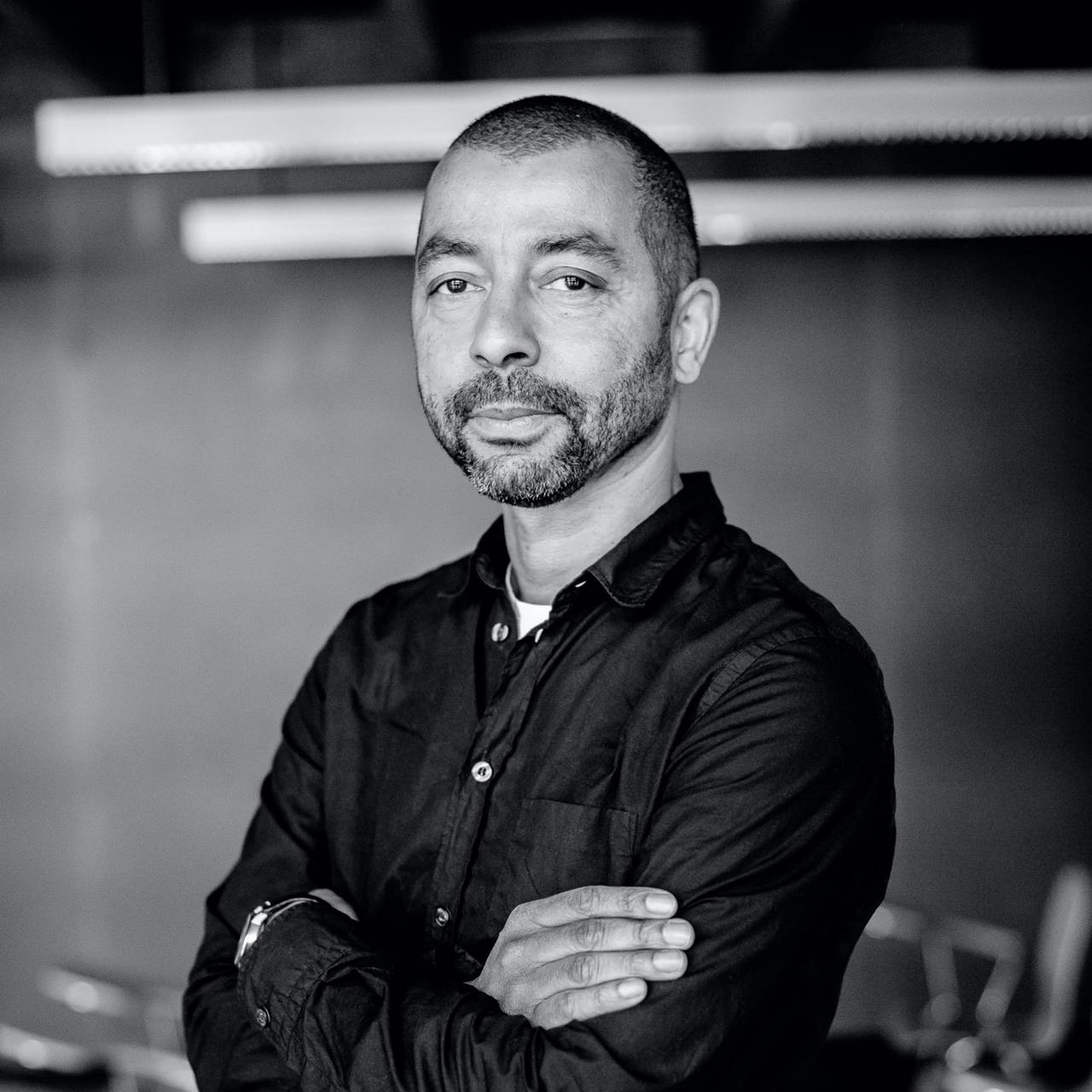
Black is not a Color
In a film series, Oliver Hardt combines the themes from Kara Walker’s work with the perspectives of Black people in Germany. In conversation with...
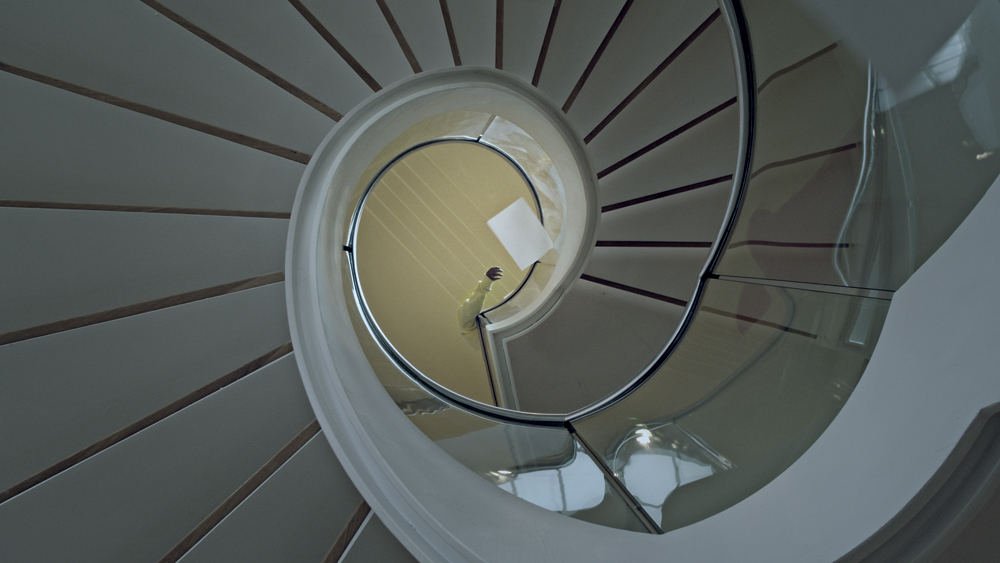
How do we Remember?
In which places does history become visible? And what do we remember at all? Maya Schweizer begins her search for clues in the sewers and slowly feels...
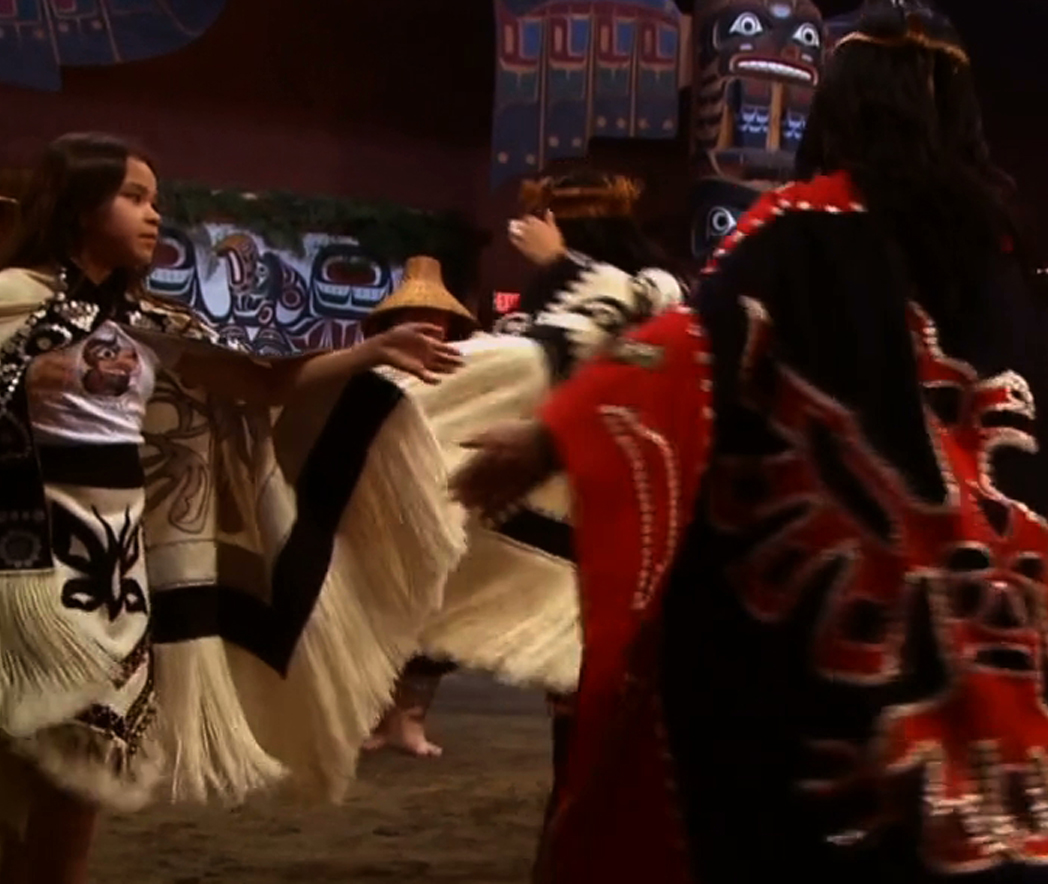
Film highlights from South and North America
How can we break with the power relations of the past and create a decolonial future? A look at the representation of Indigenous women in film.
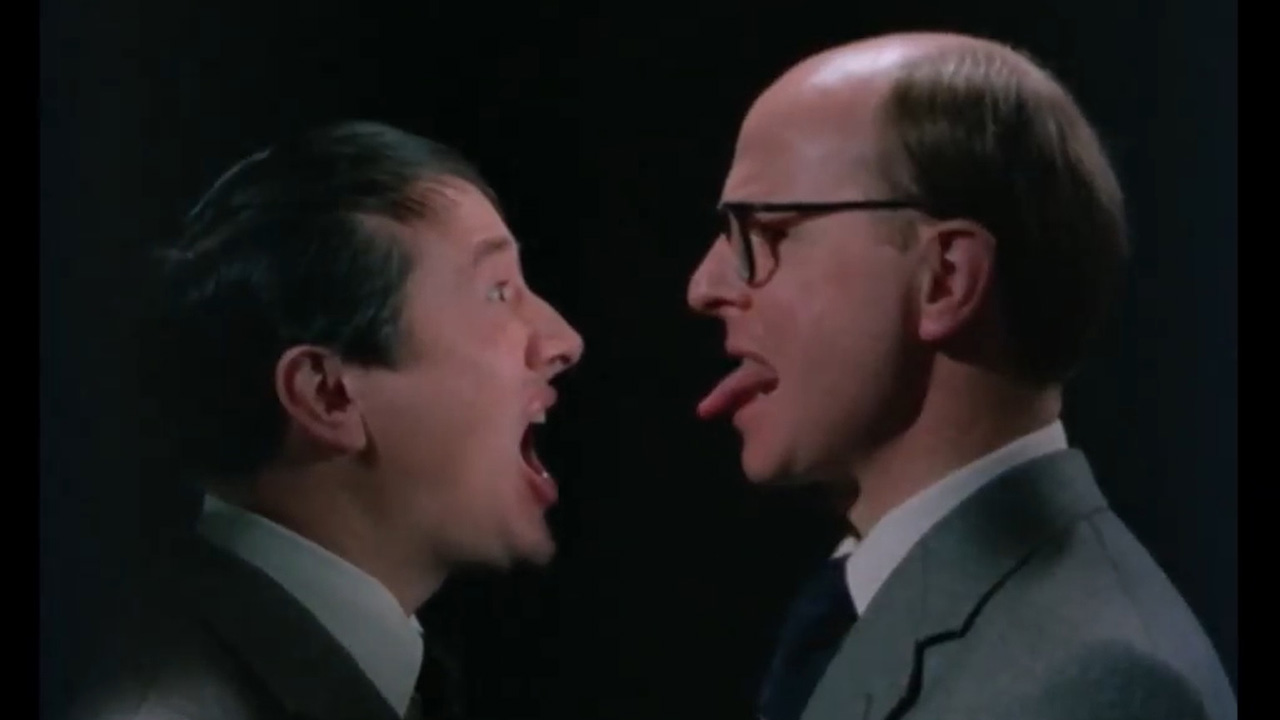
Must See: The World of Gilbert & George
Eccentric, fascinating, repulsive, entertaining and full of symbols: “The World of Gilbert & George” is a collage about the artifice of everyday life...
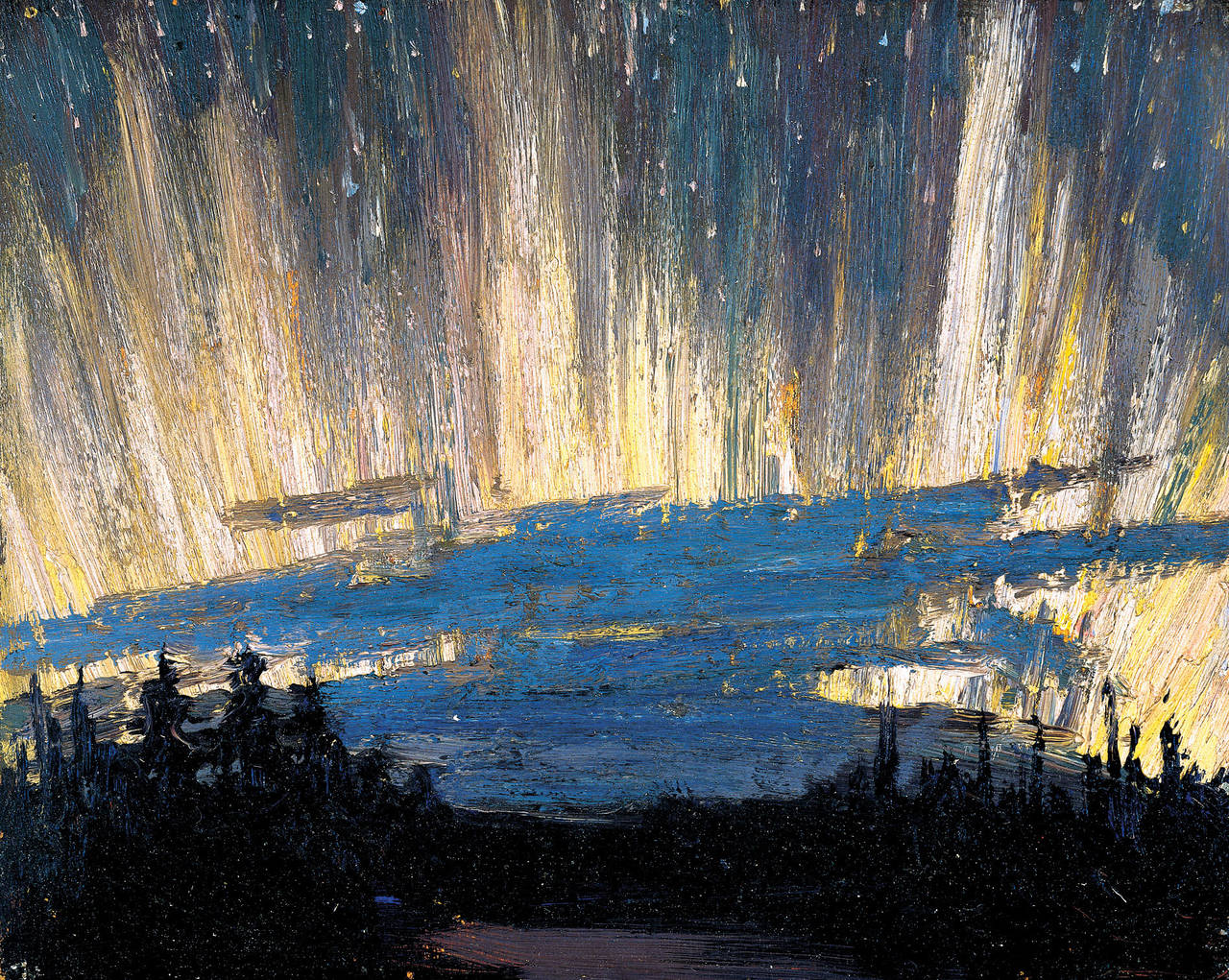
Spring is coming, and so is Magnetic North
For the first time in Germany, principal works from Canada’s major collections are on view at the SCHIRN. At the same time, the exhibition examines...
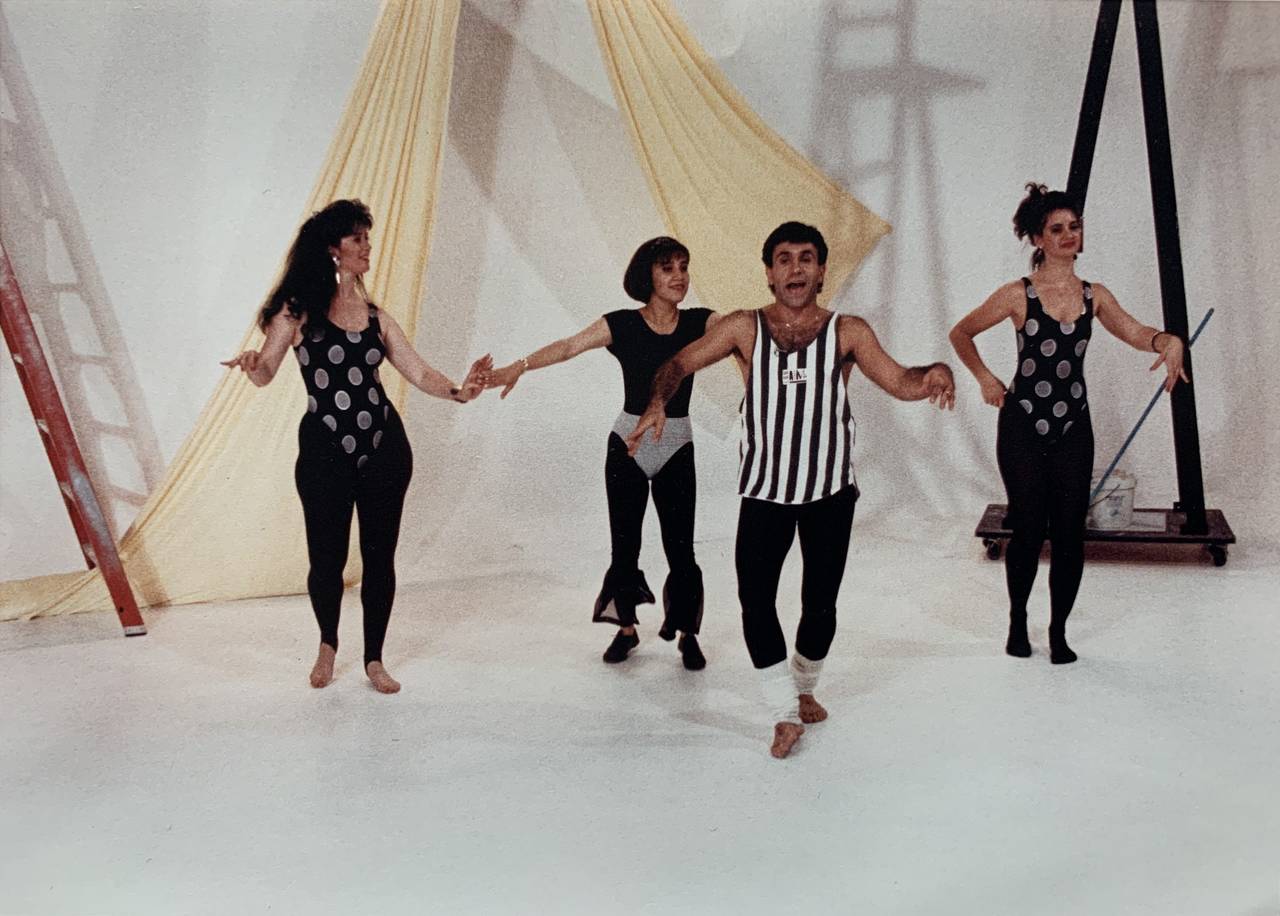
A Revolution in Iranian Dance
After the Iranian Revolution a nationwide dance ban was issued. It was subverted by smuggled video cassettes of dancer-in-exile Mohammad Khordadian,...
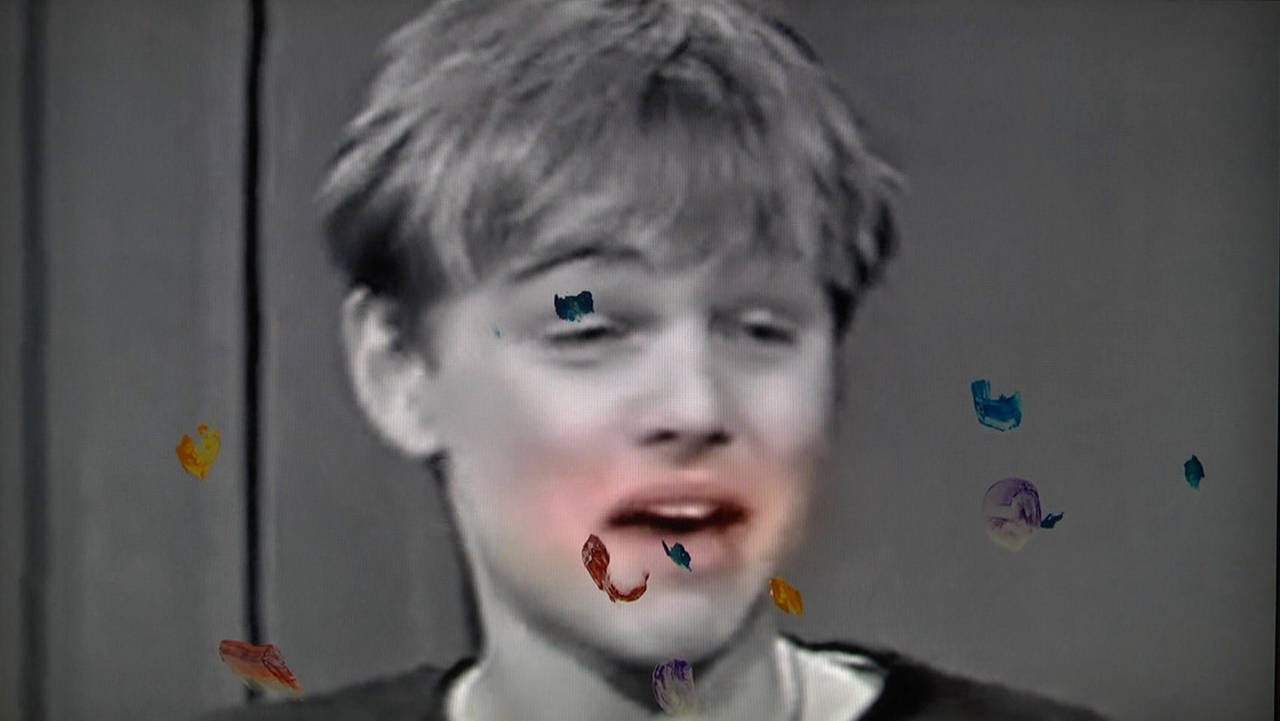
How to perform painting
This is perhaps the best way to describe the work of video artist Angel Vergara: Art history meets pop culture, the artist himself appears as a...
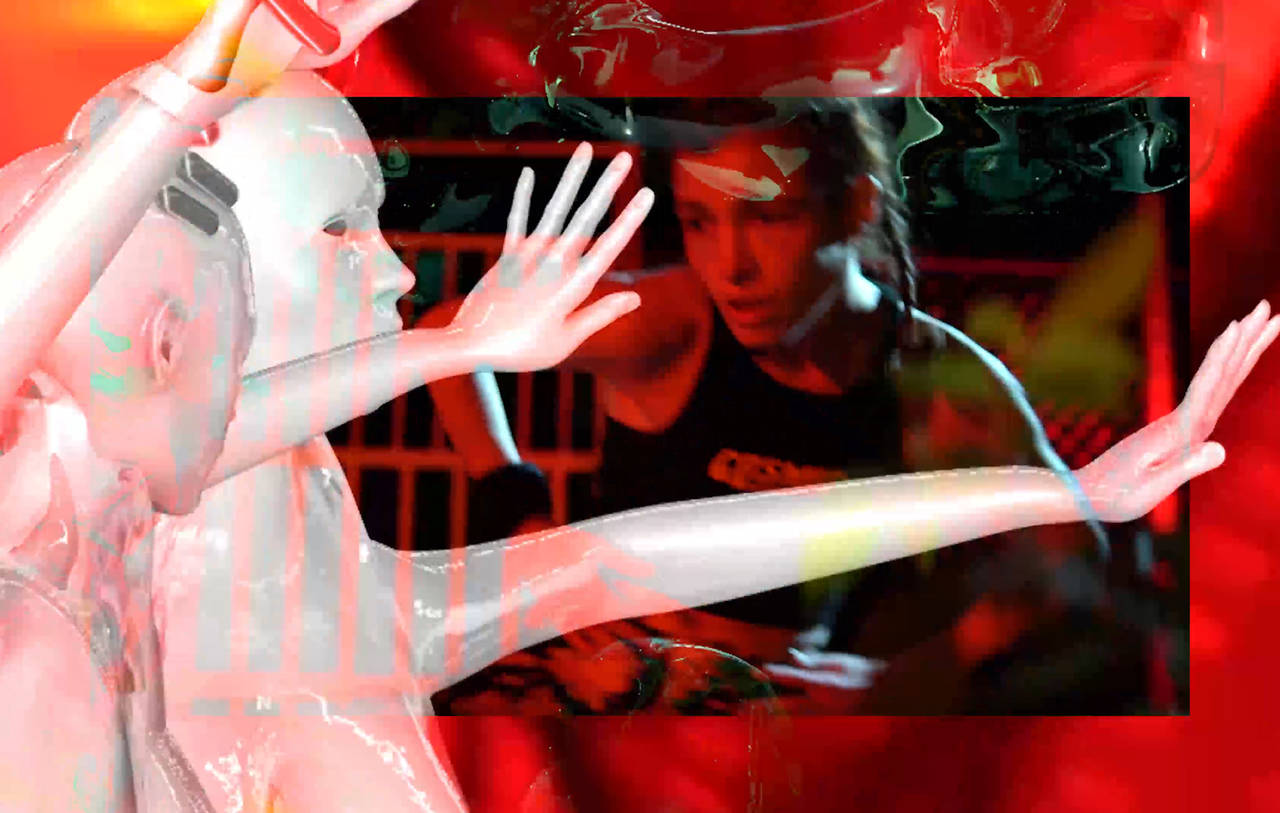
About the resistance of our bodies
Hypnotic dances and hybrid beings in cyberspace: Video artist Johanna Bruckner transforms the human body into digital matter.